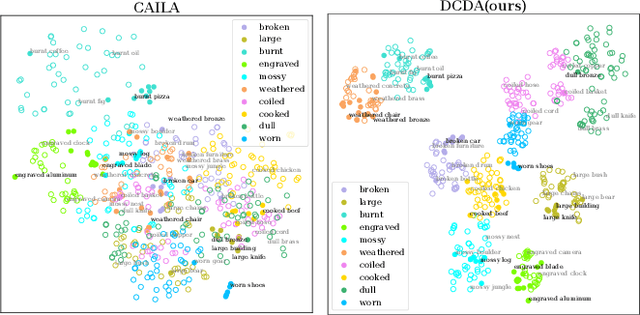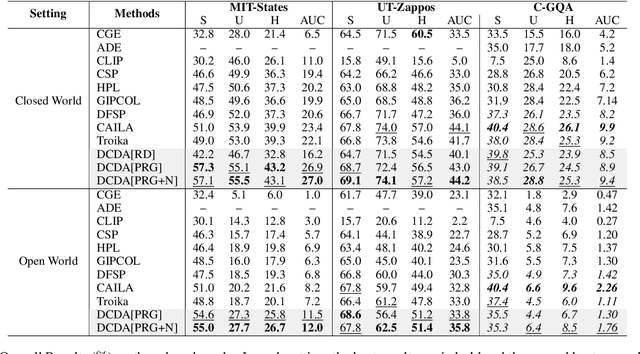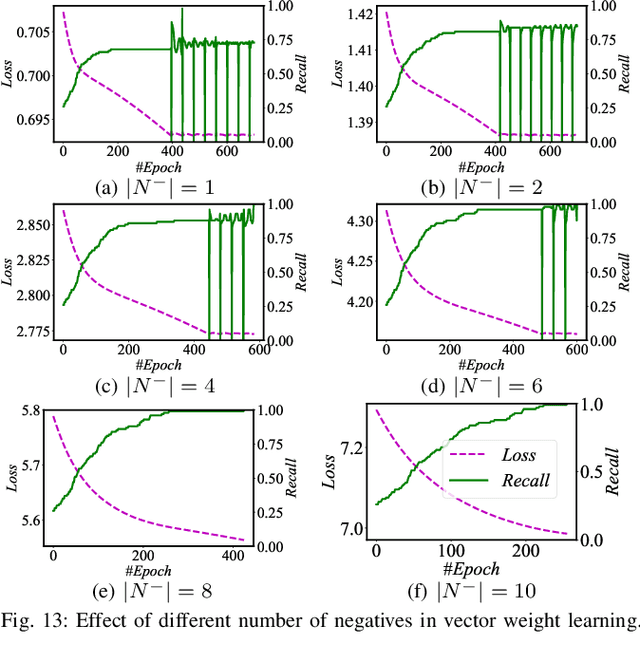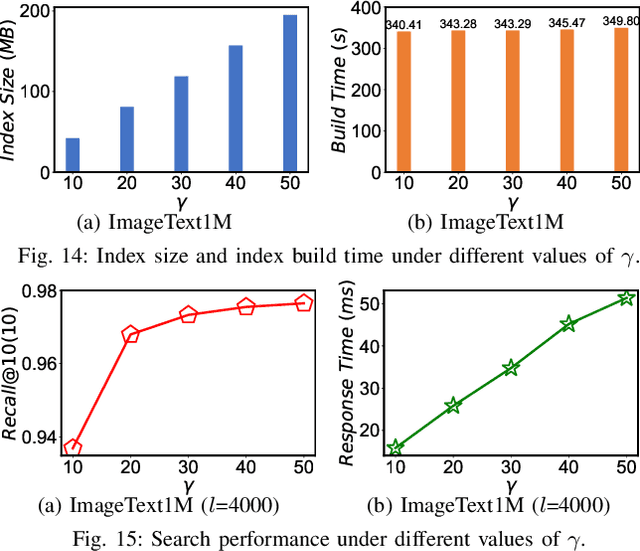Runkai Zhu
Cross-composition Feature Disentanglement for Compositional Zero-shot Learning
Aug 19, 2024



Abstract:Disentanglement of visual features of primitives (i.e., attributes and objects) has shown exceptional results in Compositional Zero-shot Learning (CZSL). However, due to the feature divergence of an attribute (resp. object) when combined with different objects (resp. attributes), it is challenging to learn disentangled primitive features that are general across different compositions. To this end, we propose the solution of cross-composition feature disentanglement, which takes multiple primitive-sharing compositions as inputs and constrains the disentangled primitive features to be general across these compositions. More specifically, we leverage a compositional graph to define the overall primitive-sharing relationships between compositions, and build a task-specific architecture upon the recently successful large pre-trained vision-language model (VLM) CLIP, with dual cross-composition disentangling adapters (called L-Adapter and V-Adapter) inserted into CLIP's frozen text and image encoders, respectively. Evaluation on three popular CZSL benchmarks shows that our proposed solution significantly improves the performance of CZSL, and its components have been verified by solid ablation studies.
MUST: An Effective and Scalable Framework for Multimodal Search of Target Modality
Dec 11, 2023



Abstract:We investigate the problem of multimodal search of target modality, where the task involves enhancing a query in a specific target modality by integrating information from auxiliary modalities. The goal is to retrieve relevant objects whose contents in the target modality match the specified multimodal query. The paper first introduces two baseline approaches that integrate techniques from the Database, Information Retrieval, and Computer Vision communities. These baselines either merge the results of separate vector searches for each modality or perform a single-channel vector search by fusing all modalities. However, both baselines have limitations in terms of efficiency and accuracy as they fail to adequately consider the varying importance of fusing information across modalities. To overcome these limitations, the paper proposes a novel framework, called MUST. Our framework employs a hybrid fusion mechanism, combining different modalities at multiple stages. Notably, we leverage vector weight learning to determine the importance of each modality, thereby enhancing the accuracy of joint similarity measurement. Additionally, the proposed framework utilizes a fused proximity graph index, enabling efficient joint search for multimodal queries. MUST offers several other advantageous properties, including pluggable design to integrate any advanced embedding techniques, user flexibility to customize weight preferences, and modularized index construction. Extensive experiments on real-world datasets demonstrate the superiority of MUST over the baselines in terms of both search accuracy and efficiency. Our framework achieves over 10x faster search times while attaining an average of 93% higher accuracy. Furthermore, MUST exhibits scalability to datasets containing more than 10 million data elements.
 Add to Chrome
Add to Chrome Add to Firefox
Add to Firefox Add to Edge
Add to Edge